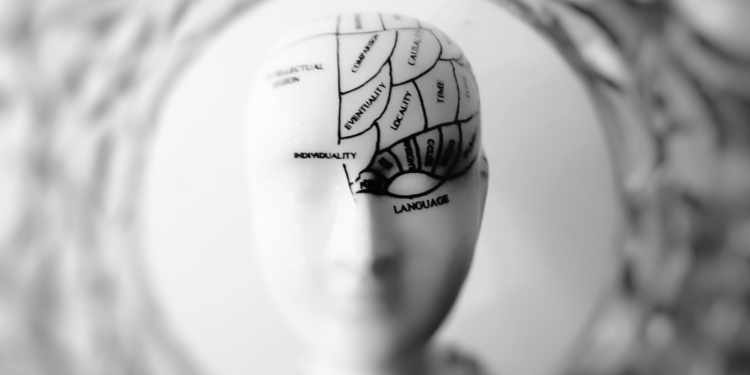











Stanford University School of Medicine has recently carried out a small study which showed that, “a new form of magnetic brain stimulation [called SAINT], rapidly relieved symptoms of severe depression in 90% of participants.”

Anticipating the potential of this new SAINT (Stanford Accelerated Intelligent Neuromodulation Therapy) treatment that could help millions of people, the scientists at Stanford are now embarking on larger studies. If it does turn out to be beneficial, then it will be a great benefit to those “whose condition hasn’t improved with medication, talk therapy or other forms of electromagnetic stimulation.”
This SAINT therapy, which is approved by the FDA, can be described as a type of transcranial magnetic stimulation for treating patients suffering from depression. The scientists noted that this innovative treatment: “improves on current FDA-approved protocols by increasing the number of magnetic pulses, speeding up the pace of the treatment, and targeting the pulses according to each individual’s neurocircuitry.”
When this therapy is administered to patients, a magnetic coil which is attached to the scalp, excites part of the brain which is linked to generating depression. Of note, the program for full treatment only lasts for six weeks, although the sessions are conducted every day.
The renowned American Journal of Psychiatry published the surprising findings, which according to the study’s senior author , Stanford’s assistant professor of psychiatry and behavioral sciences, Nolan Williams, MD, “No other therapy for treatment resistant depression has broken 55% remission rates in open label testing. Electroconvulsive therapy is the gold standard, but it has only an average 48% remission rate in treatment-resistant depression.”
The scientists came up with a hypothesis that the effectiveness of the treatment could be boosted if they applied some modifications to the transcranial magnetic stimulation. To that end, they looked at research which suggested that rather than applying 600 pulses each session, administering 1,800 pulses could be more beneficial. One of the study’s lead authors noted: “the less treatment resistant participants are, the longer the treatment lasts.”
60% of test subjects were still in a period of remission from their depressive condition, one month after concluding treatment. At the present time, follow-up studies on the participants are underway in order to ascertain how long the antidepressant effects last.
Of note, the Stanford scientists are planning to research SAINT’s effectiveness on other mental health conditions, including: autism spectrum disorders, addiction, and obsessive-compulsive disorder. Common conditions which certainly need more research and better solutions.
If proved successful in large scale studies, such a treatment that does not involve pharmaceuticals with all their potential side effects, and high costs, would be very welcome in the world of mental health solutions. A big thank you to the innovative minds at Stanford.